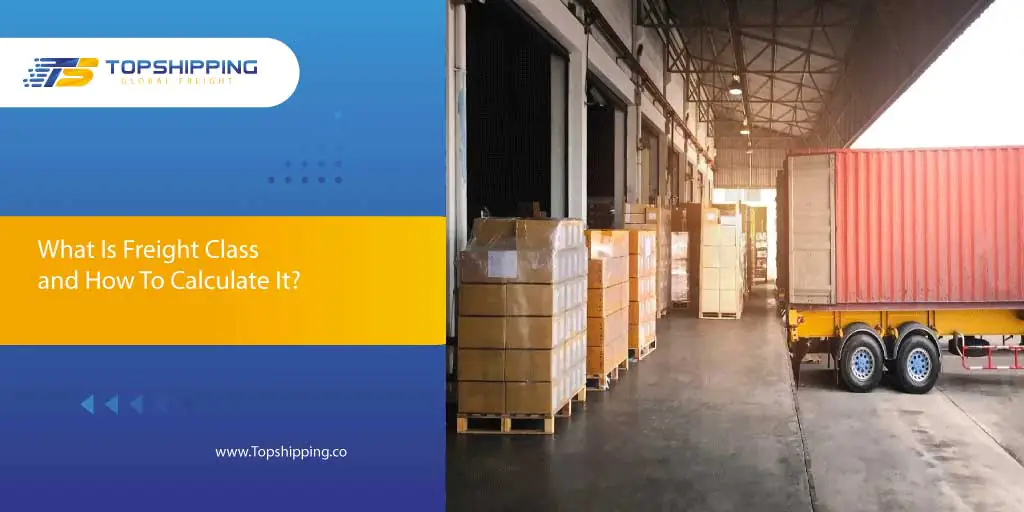

Table of Contents
What is freight class?
Freight classes provide a uniform pricing mechanism, hence enabling you to obtain the same price for your shipments from different carriers, warehouses, brokers, and third-party logistics (3PL) providers. The freight classes specified by the National Motor Freight Traffic Association (NMFTA) are described in the National Motor Freight Classification (NMFC), making them the basic step in the shipping process, so it is easy to discern the costs incurred and the logistics involved. Once you get an idea of the freight classes, you can tweak the shipping policy to save on costs and avoid any surprises.

Role of freight classification in LTL shipping
Therefore, freight classification forms one of the most important determinants of less than truckload shipping in enabling the carrier to apply the appropriate pricing and handling relevant to any particular commodity type. In this respect, the classification systems grade freight into categories based on weight, dimensions, density, and nature of goods. These standardized classes ensure that shippers are adequately and uniformly billed for shipping costs.
Proper classification reduces the chances of surprise fees, shipment delays. For instance, special handling by the carriers could involve hazardous materials or fragile items, all of which are factored into shipping cost. Secondly, proper classification aids a carrier in route optimization and load capacities.
In this way, freight classification is one of the most critical aspects of LTL shipping because it simplifies shipment, helps fairly price shipments, and protects goods during transportation. Proper classification provides a valid means of communication between shippers and carriers; hence, logistics flow smoothly.


How to calculate freight class
Freight classification is one of the majorly important aspects of shipping goods, as class determines cost shipment. Here’s a simple understanding guide in how it is calculated.
Know Your Item: First, you should know what you are shipping. Classes of freight are based upon the characteristics that an item possesses, such as density, value, stowability, handling, and liability.
Calculate Density: Density is an important variable. For calculation, the formula will be: Density = Weight in pounds / Volume in cubic feet. Take the measurement of your item in inches for length, width, and height, and convert that to cubic feet by dividing by 1,728-just one cubic foot has 1,728 cubic inches in it.
NMFC Codes: The NMFC system classifies items under a variety of codes. Identify which of these NMFC codes applies to your product. That code will indicate the freight class.
Freight Class Table: Utilize the NMFC code to take a look at the freight class table. Classes are numbered from 50 to 500, and the cost of shipment increases with the number. The class would be dependent on the density and other features of your item. Final Calculation: Know the freight class; then request quotes with shipping companies. The shipping companies use this information to calculate shipping rates, based on what class your item has fallen into.
These steps will, therefore, ensure that you can easily work out the freight class for your shipment and have a better understanding of your shipping cost.

Different Types Of Freight Class
Freight class depends on the nature of commodities being shipped and the type.
Following are examples of common freight classes:
Freight class code chart
Below is a simplified table of some freight class codes in common use in the shipping industry:
Class 50: Very heavy, compact and dense goods, including articles of iron or steel.
- Class 55: Bricks, cement and other dense building materials
- Class 60: Automobile parts, machinery and other mid-weight items
- Class 65: Small appliances, boxed books and dense household goods
- Class 70: Motor vehicles, furniture, and major household appliances
- Class 77.5: Tires, bathroom fixtures, and medium-density goods, requiring careful handling
- Class 85: Crated machinery, transmissions, and other less dense items
- Class 92.5: Computers, monitors, and other fragile or high value items
- Class 100: Boats, engines, and other large, lightweight items
- Class 110: Light fixtures, framed artwork, and other large, lightweight items requiring a high degree of care
- Class 125: Cabinets, tables and other large lightweight items that require special handling.
- Class 150: Baled cotton, mattresses and other bulky, light weight articles
- Class 175: Clothing, linen and other non-dense merchandise
- Class 200: Furniture pads, tarps, and other lightweight durable commodities
- Class 250: Pallets, empty barrels and other lightweight items of durable nature
- Class 300: Mats, rugs, etc., and other low-value, low-density items
- Class 400: Deer antlers, bags of feathers and other fragile, low-density items
- Class 500: Ping pong balls, bags of insulation, and other very low-density items
This will enable the shippers to conclude the most appropriate shipping options and costs, knowing these classes.
How about true density-based freight class?
Density plays an important role in freight shipping, especially when it involves no unusual or significant handling, stowability, or liability factors when it comes to choosing a correct freight class. The Commodity Classification Standards Board, in short CCSB, develops and issues guidelines on density based upon history and current administrative and classification decisions. A glance at the basic functioning of these guidelines is furnished below.
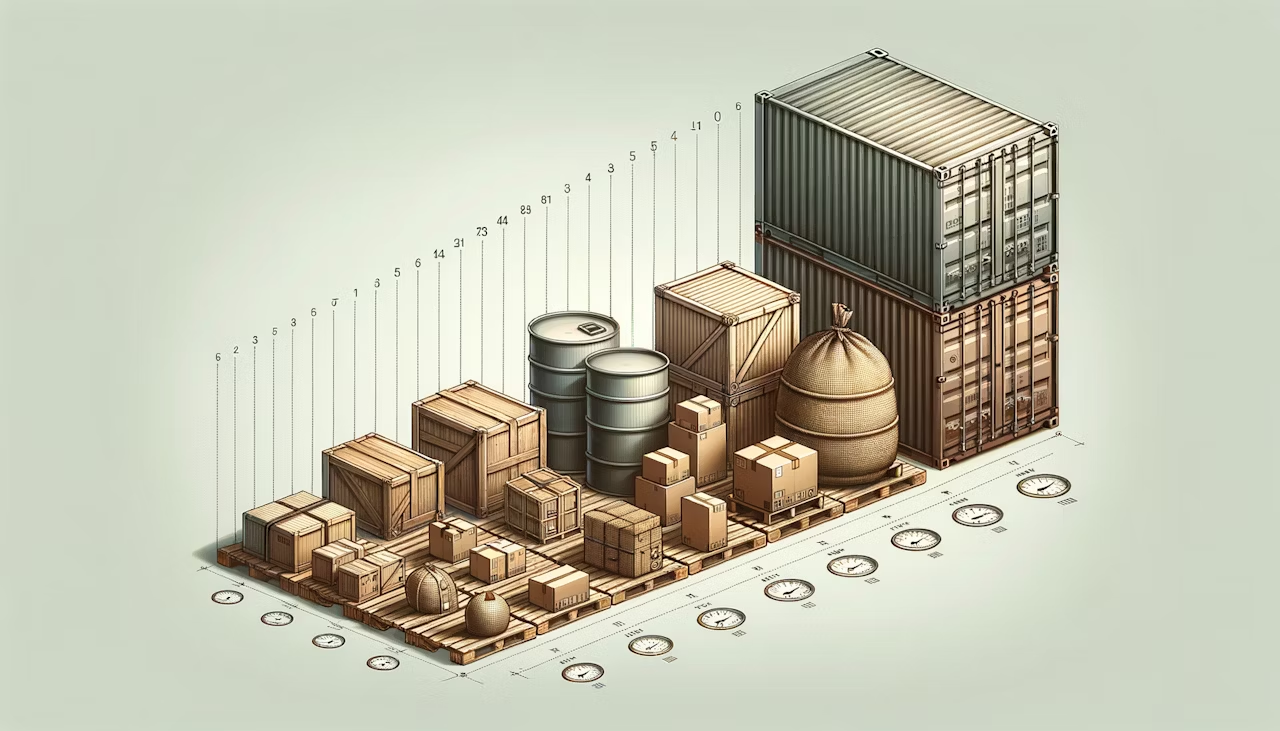
How Density Affects Freight Classification
Density guidelines are used in cases where a commodity or commodities have a well-established or representative density range. Density-to-class relationships provided in the guidelines assume that no unusual handling, stowability, or liability features apply. When any of these features do become an influencing factor, they could affect the determination of class.
A density-based class might be assigned when commodities exhibit a wide range of densities that cannot be accurately represented by a single average density. This is especially true if there are no other significant handling or stowability issues, allowing for a more precise class assignment based on that density. In such cases, a full density scale could be applied so that commodities are appropriately classified according to specific weight and volume characteristics. Full-Scale Density Classifications
In the case of commodities or groups whose density can fall in a wide range, full-scale density classifications are normally the best. These ensure goods can be shipped under a freight class that is most appropriate, minimizing costs while driving efficiency. For a given commodity, generally, there is usually a standard freight class progression based on the density.

Freight class example
Shipping through freight class is an essential aspect in shipping as it is directly related to the cost and logistics of the whole process. It may be explained with the aid of an example.
Imagine you are bringing a large, weighty dining table with you. First, its weight and dimensions need to be determined. Let’s assume the table has a weight of 150 pounds and a dimensions of 60 inches long, 40 inches broad, and 30 inches tall.
Density is determined by converting the size to cubic feet of the volume. Multiply the length, breadth, and height in inches by 1728 (the number of cubic inches in one cubic foot) to get the final result. In this case, the capacity is 72,000 cubic inches (60 x 40 x 30). Dividing by 1,728 yields about 41.67 cubic feet.
After this, the next step is to find the density by weighing the (150 pounds) by the volume (41.67 cubic feet), which gives the result of about 3.6 pounds per cubic foot.
At this stage, look for the NMFC codes. For instance, a dining table would be most likely assigned to the freight class 150.
This indicates your table is indeed large but not so heavy. When you get shipping rates, this freight class is a factor that carriers use to calculate the cost of the table based on its size and handling requirements.
This example illustrates how the knowledge of freight class can be used to plan shipments in a more effective way and thus, the transport expenses can be managed in a better way.
Final Takeaway
Knowing the density rules thus enables one to assign appropriate freight classes accurately. The shipper will need to take into consideration the average commodities’ density and know at what point a particular shipment needs to be classified based on its density to ensure that transportation is dealt with efficiently and cost-effectively. Keeping to the standards set up by the CCSB simplifies the shipping process and enables your business to easily navigate through the complexities of freight classification to give your business all possible benefits when it comes to logistics.

TopShipping
With years of experience in logistics and freight forwarding, the author is passionate about making shipping smoother and more efficient.
As a leader at TopShipping, they’ve developed a deep understanding of supply chain management, international shipping rules, and creative logistics solutions. They’re driven by a desire to help businesses succeed by delivering reliable, customer-focused services.
Over the years, they’ve also shared their expertise by writing for various industry publications, offering practical tips and insights on the latest trends in logistics. Thanks to their leadership, TopShipping has become a trusted name for companies looking for hassle-free global freight solutions.
Comment Section
Comment
Write your idea about "What is freight class and how To calculate It?"


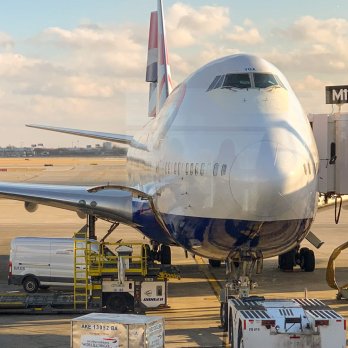

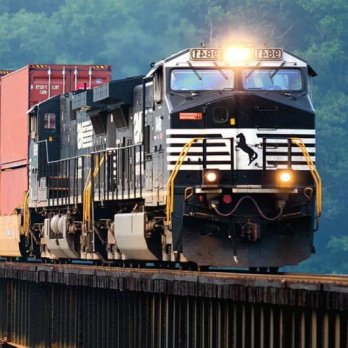
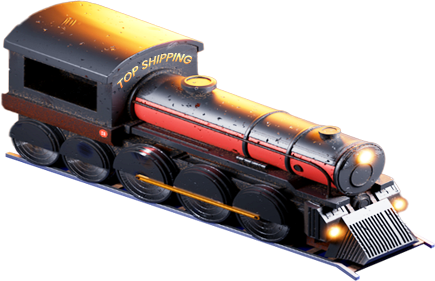
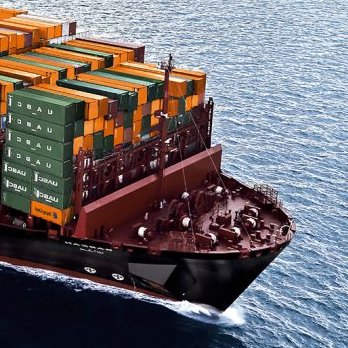
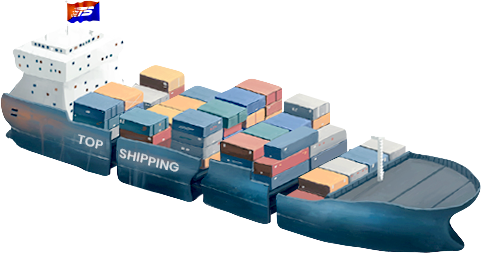
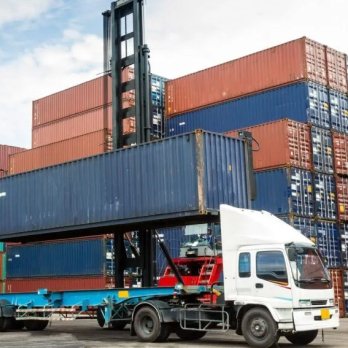
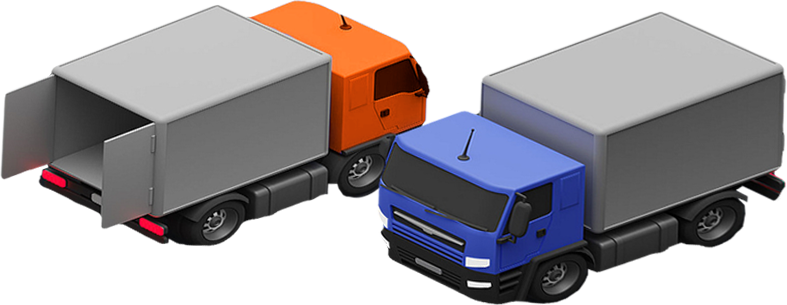
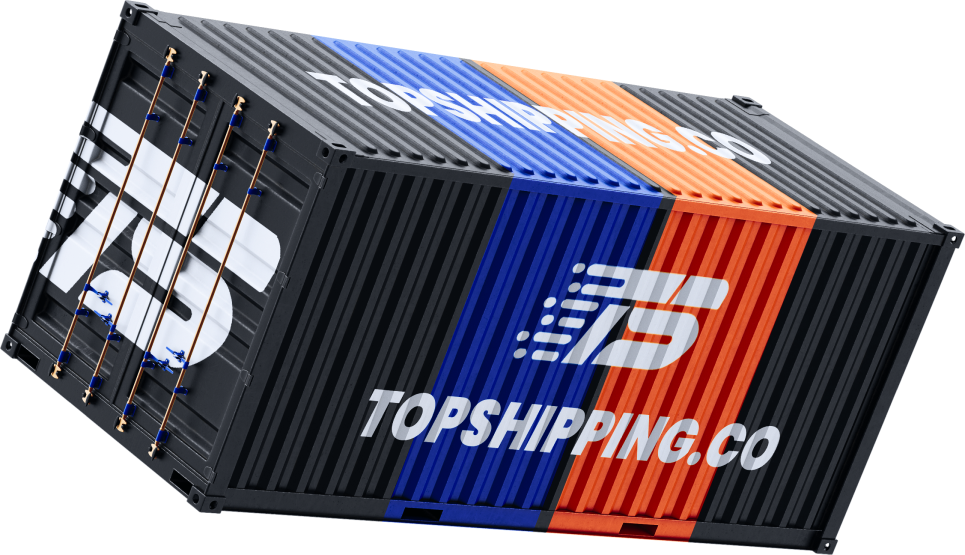


No comments yet.